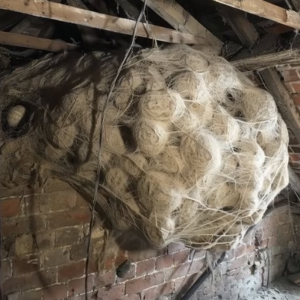The freezer’s temperature control knob may seem minor, but it’s essential for keeping food fresh and energy use low. When it breaks, problems quickly follow.
If the knob gets stuck too low, “ice will start to build up on the walls and around the air vents,” making the compressor work harder and using more electricity. This overcooling wastes energy and can lead to expensive repairs.
If the freezer isn’t cold enough, “frozen meat might soften, vegetables will lose their crunch, and ice cream will melt.” Thawing food can even grow bacteria, creating health risks. You might notice strange smells, soft textures, or puddles of water inside.
Because many refrigerators share a cooling system, a faulty knob can also affect the fridge. “If the freezer overcools, the fridge section might freeze your produce,” while too much warmth can spoil milk and leftovers.
To fix it, check if the knob is loose, cracked, or detached—replacements are cheap and simple. If the issue persists, the thermostat may need repair. As the article notes, “a broken freezer temperature control knob might seem like a small problem, but it can create big consequences.” Acting fast keeps food safe and energy bills low.





